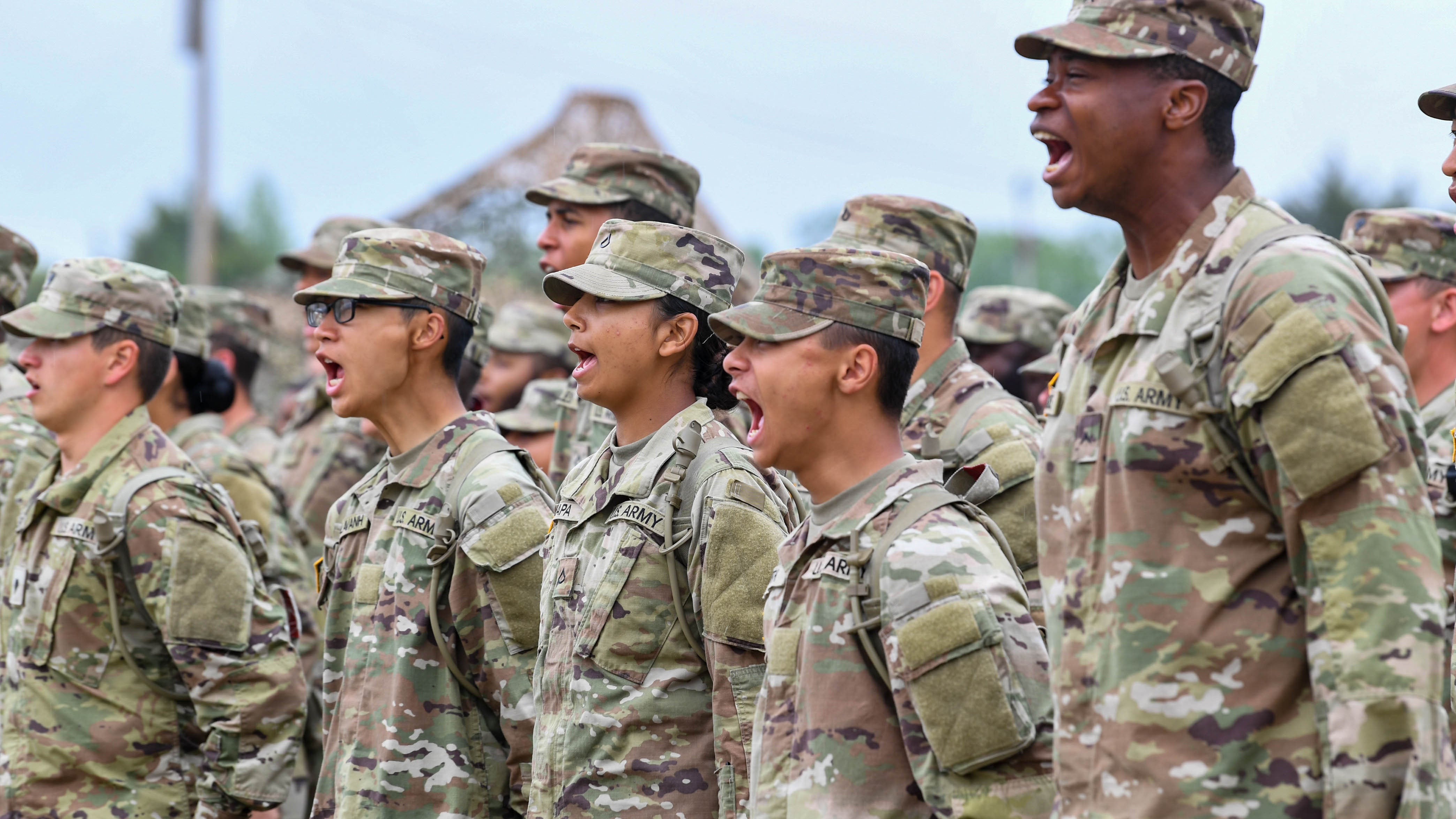Troop Levels Worry Congress
Troop Levels Worry Congress

The House Appropriations defense subcommittee has expressed concern about the Army and Marine Corps having the lowest troop levels in more than 60 years.
The current National Defense Strategy was developed when the Army had 485,000 active-duty soldiers and the Marine Corps had 178,000 active-duty personnel. The fiscal 2024 budget is dramatically smaller, with Army end strength set at 452,000 and the Marines at 172,300.
“In particular, the Committee is concerned that the Army end strength request is significantly below the optimal level of 540,000 to 550,000, as stated by senior Army leadership in congressional testimony two years ago,” the panel says in a report accompanying its version of the fiscal 2024 defense appropriations bill.
Lawmakers are asking DoD for a report detailing the troop levels required by each service, including active and reserve components, to execute the National Defense Strategy. “The report shall also describe the risks incurred if end strength falls below those levels,” the panel says.
Army officials have acknowledged they’d like to have a larger force, but they don’t want to fill the ranks with unqualified recruits. Efforts are underway to improve recruiting, with some success coming from a program designed to improve the academic and physical fitness scores for those interested in military service but not fully qualified.
The defense subcommittee also asks the Pentagon to take a deeper look at why American youth are disinterested in military service.
“To better understand the reasons for the recruiting crisis, therefore, the Secretary of Defense shall seek to enter into a contract or other agreement with an independent entity not under the direction or control of the Secretary of Defense, which could include a nationally recognized analytics and advisory company that specializes in public polling, to conduct a survey of the demographics that have historically served as the primary recruiting base for the military,” the subcommittee says. This would be in addition to Army polling already underway.
“The survey should, at a minimum, identify these demographics by age, race, sex, and state, and assess any changes in propensity for military service within this group. The survey should attempt to determine the reasons for changes, if any, using polling and other data,” the panel asks. “The survey should also attempt to identify the percentage in this demographic who have, or had, immediate family members that served in the military, such as parents or siblings.”

